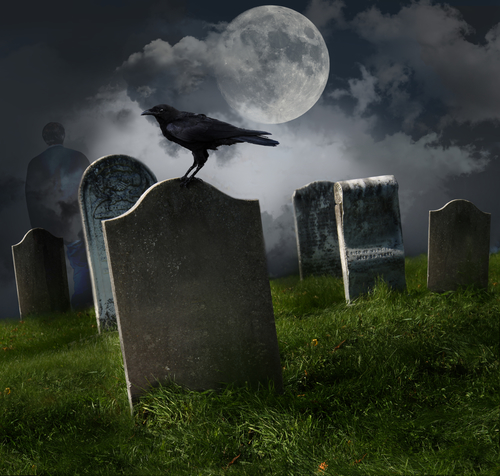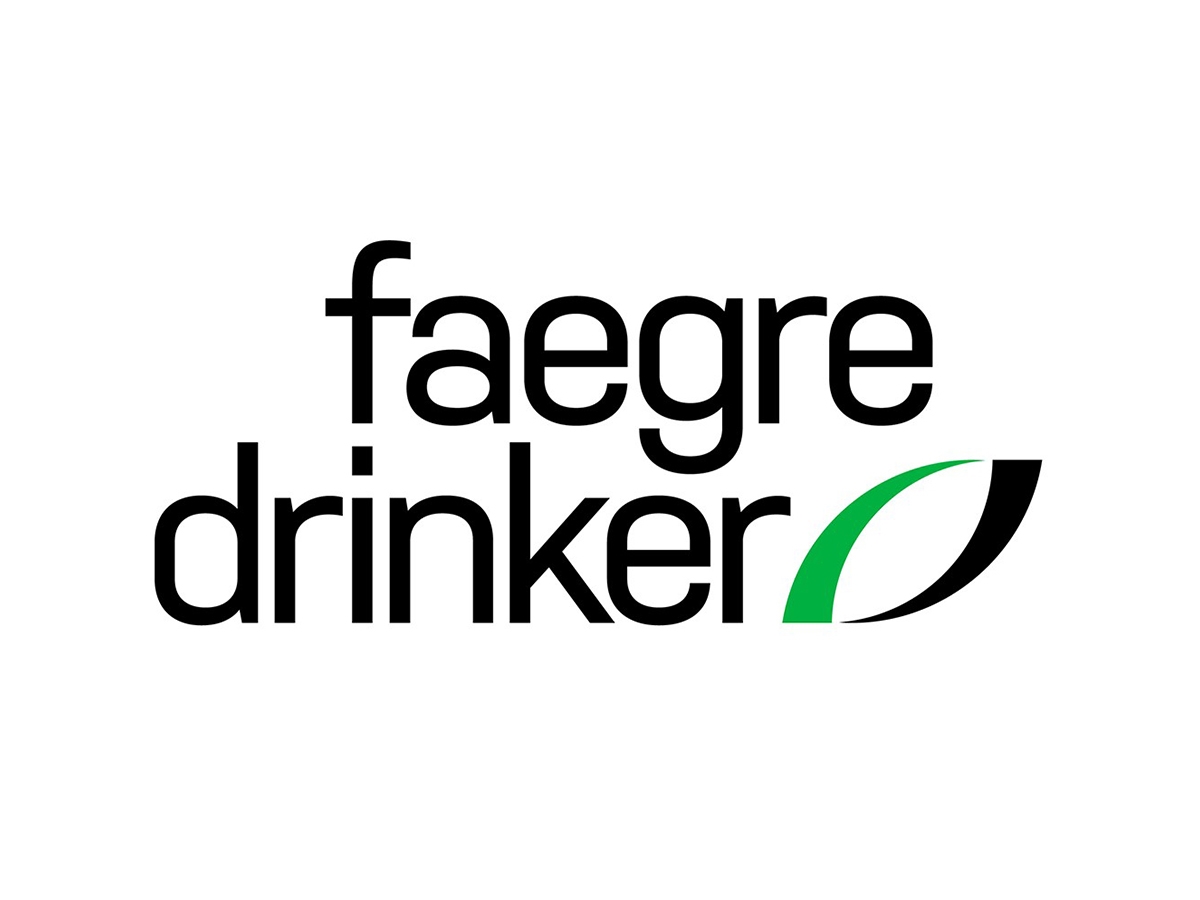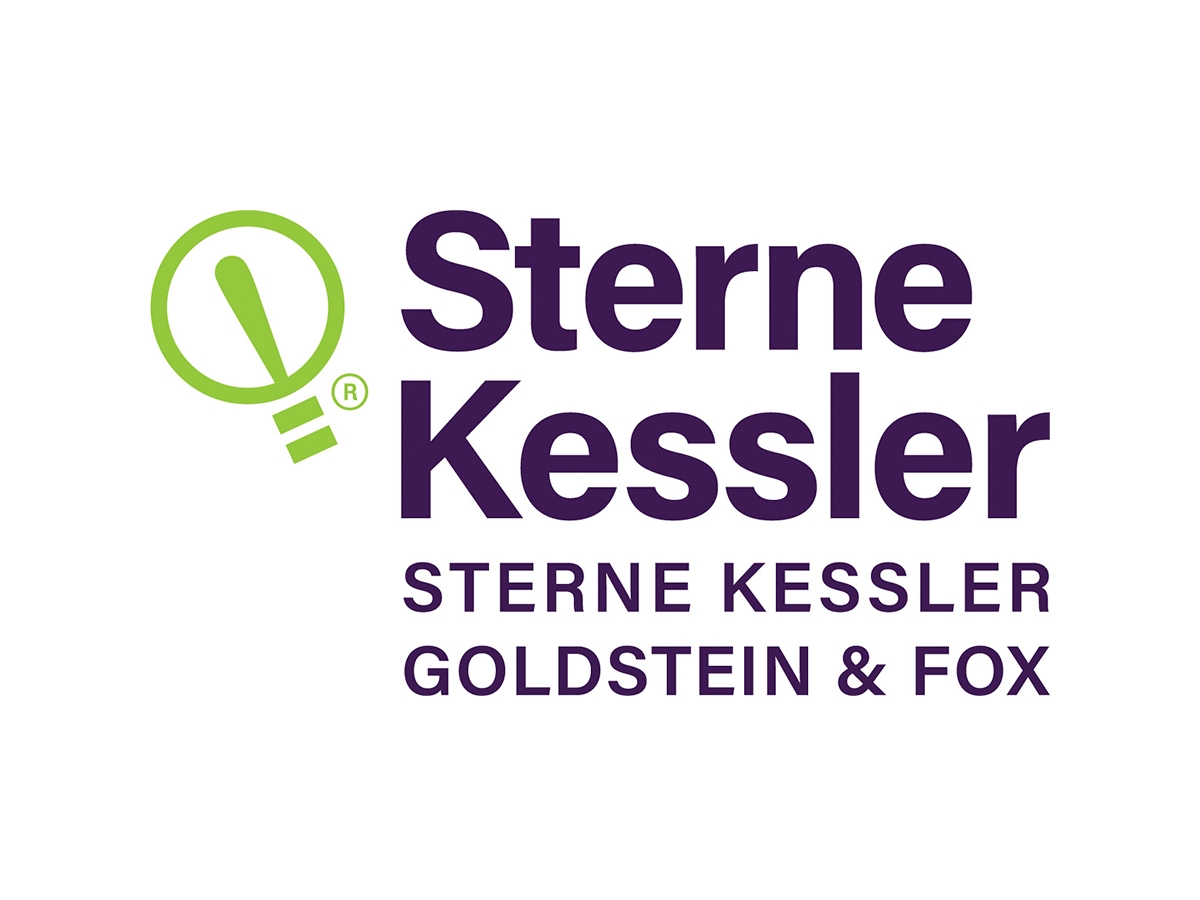What Scares You? A Few of the Most Frightening Developments in IP Law – IPWatchdog.com
Intellectual property (IP) law developments may not be high up on most people’s list of worst nightmares this Halloween, but for IP owners and lawyers, they can cause a fright.
During IPWatchdog’s recent Life Sciences Masters 2022, for example, panelist Robert Sahr of Wolf Greenfield commented that obviousness-type double patenting (OTDP) law “is dark and full of terrors” for life science patent holders. Sahr recounted the evolution of this issue, starting in April 2014 with the U.S. Court of Appeals for the Federal Circuit (CAFC) case, Gilead v. Natco, which suggested that “any patent could be used as a reference against any other patent for purposes of double patenting,” including children in a patent family where the parent has a different amount of Patent Term Adjustment (PTA) than the children. In the Gilead case, the CAFC said it’s the expiration date of a patent that should control the analysis, rather than the date of issuance. “By the end of the afternoon [on the day the Gilead decision came out], I sent out an email and the subject line was ‘the sky is falling,’” Sahr said. While the law has taken some twists and turns since then, a recent Patent Trial and Appeal Board (PTAB) ruling, Ex parte Cellect, reiterated this interpretation, and so OTDP issues continue to plague life science patent owners and IP attorneys. “Eight years [after I first] wondered if the sky is falling, I’m still wondering” Sahr said.
From patent eligibility to the economy, here are a few more thoughts on the scariest IP issues out there; add yours in the comments below—if you dare.
Andrew Coffman
I’m afraid that companies will be so distracted by all the cool web3, non-fungible token (NFT) and the metaverse toys that they will forget that brand and business protection starts with boring trademark registrations, non-disclosure agreements, and trade secret confidentiality policies. I believe in web3, but failure to protect your company and police your brand in the metaverse will destine your company for failure in the metaverse. Every time somebody in the C-suite gets excited about web3, make sure you tell them they first have to spend the time and money to get the physical world and web2.0 house in order.
Francesca L. LaMontagne
A scary development in patent law is the consistently fluctuating unknowns surrounding Section 101. Recently, in American Axle v. Neapco (Fed. Cir. 2020), a patent was invalidated under 101, despite having what many people may view as concrete claims in the mechanical arts. The Court ruled the claims were directed to a judicial exception-natural law because Hooke’s law (spring-force equation), while not directly recited in the claims, was inherently present. The court applied a new test dubbed the “Nothing More” test. If the claim is an application of the natural law and “nothing more,” then it is not patent eligible subject matter. The court stated that the claimed method did not have the requisite physical structure, nor were the claims directed to achieving a result based on the application of Hooke’s law rather than on how Hooke’s law was applied. It seems no patent is affirmatively safe from potential invalidation regardless of its field of invention. Ironically, it was in a letter from Sir Isaac Newton to Robert Hooke that Newton wrote, “If I have seen further, it is by standing on the shoulders of Giants.”

What scares me most is the USPTO is pushing for women innovators to get patents, but meanwhile they are taking patents away from women [and other] innovators. I am scared for what these women might face, like I did. My patents didn’t protect me. Basically, I’m scared because the USPTO is giving a false promise of protection for our life’s work.
Austin Padgett
Like the suspense of the next scare sequence in a horror movie, we are alert to the monsters around the corner that flow from a weakening economy.
We can hold onto the edge of our seats and anticipate that any layoffs or downsizings can expose a business’s intellectual property to challenges from former employees or jilted contractors. The economic conditions, particularly where a former employee does not find a new position, can drive once-sensible allies to madness. Locking the proverbial doors to the house through strong and consistent agreement practices is, of course, an important step. But taking practical steps—like cleaning up domain name registration records—can keep the zombies from creeping up the basement stairs.
We are also looking out for the mutations arising from lower sales and performance across industries, specifically in claims of false advertising and unfair business practices. These conditions can create a two-headed monster. On the one side, when the industry is down as a whole, the unbridled or rogue sales team might develop more aggressive pitches and comparisons to competitors. On the other, competitors become more hostile to perceived slights, disadvantages, and industry newcomers. If left unmanaged, the result can be a true thrasher flick.
Eileen McDermott
Eileen McDermott is the Editor-in-Chief of IPWatchdog.com. Eileen is a veteran IP and legal journalist, and no stranger to the intellectual property world, having held editorial and managerial positions at […see more]







